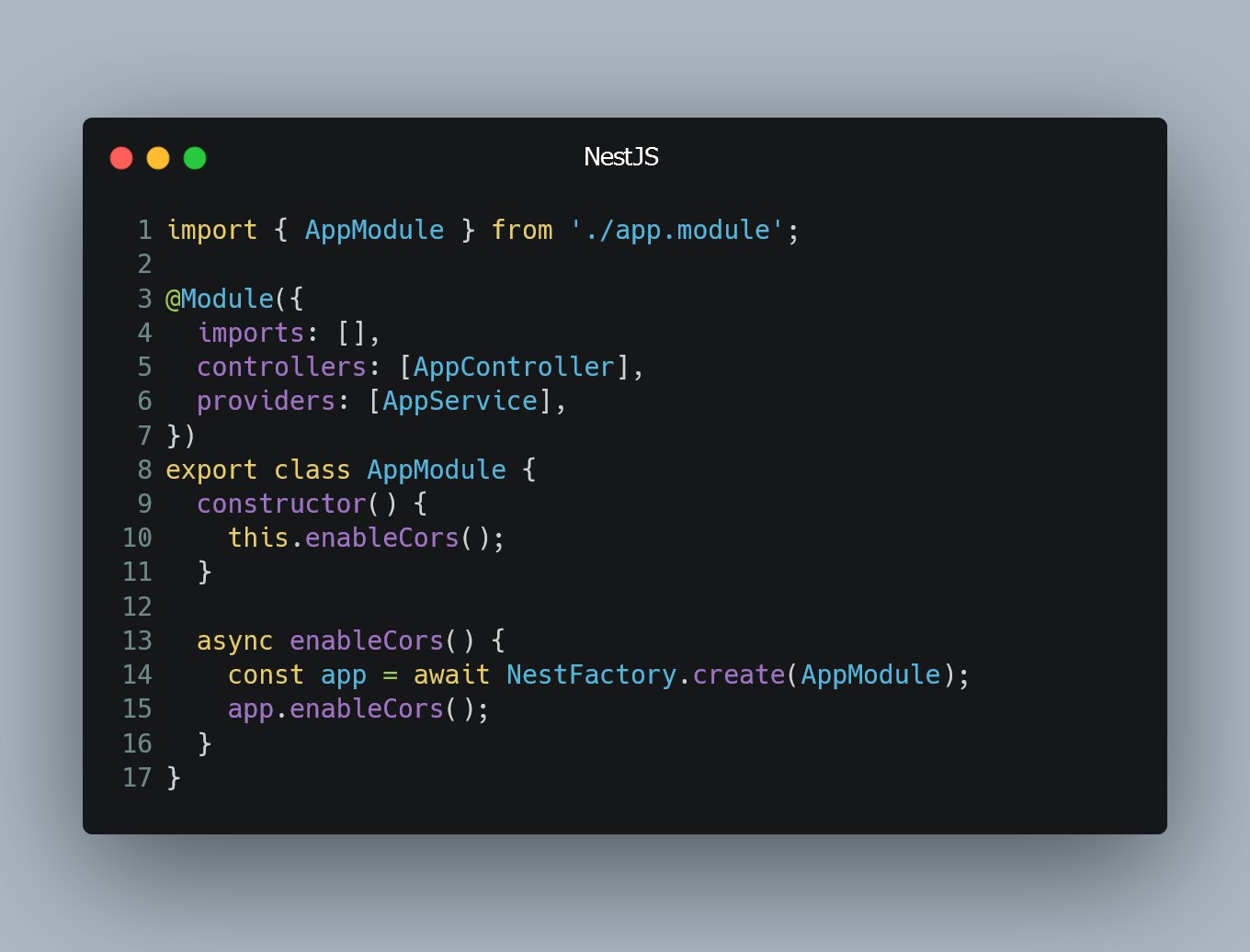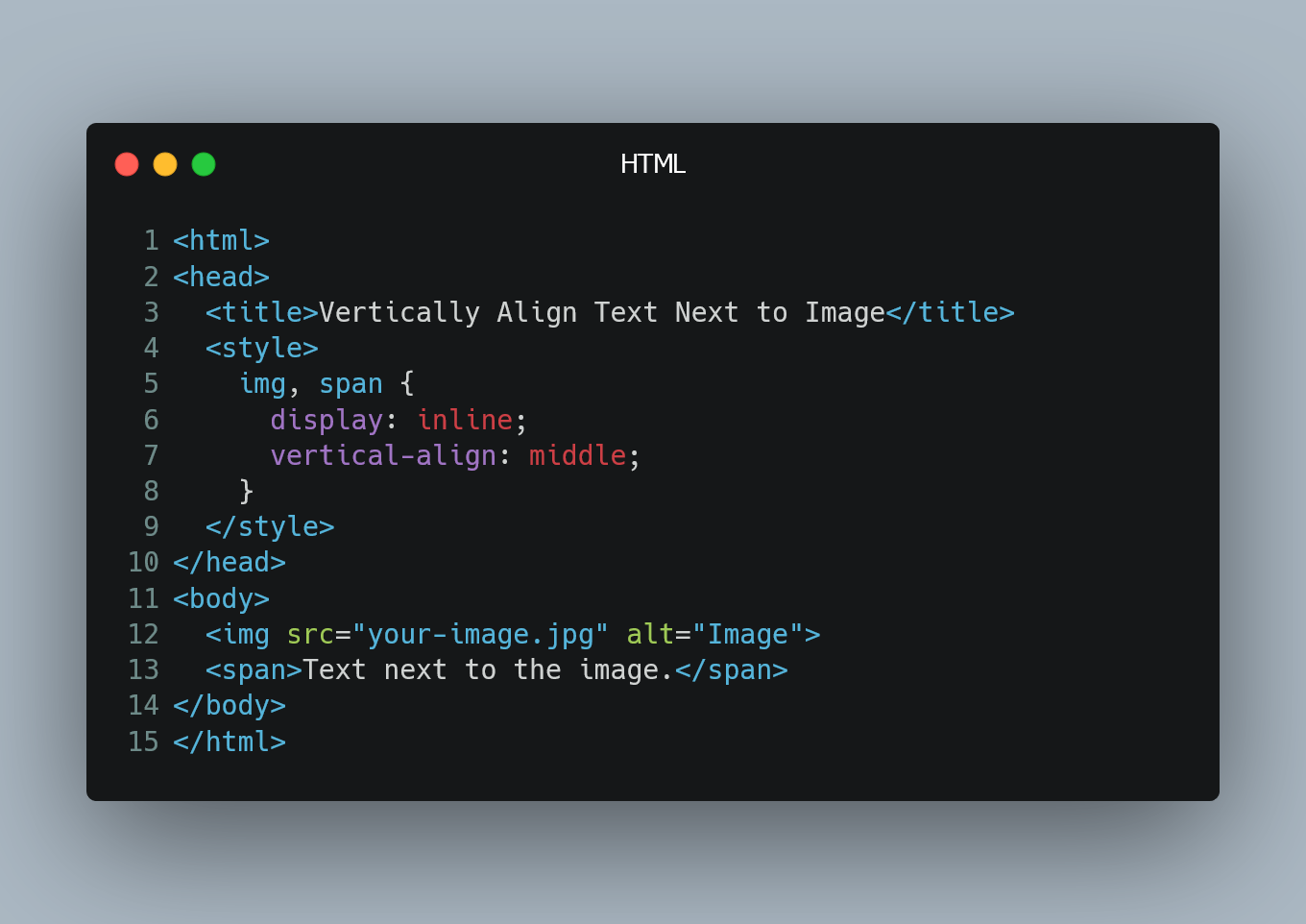Setting the Default Node Version using NVM
NVM (Node Version Manager) is a popular tool that allows you to manage multiple Node.js versions on your system. By default, when you install NVM, it...
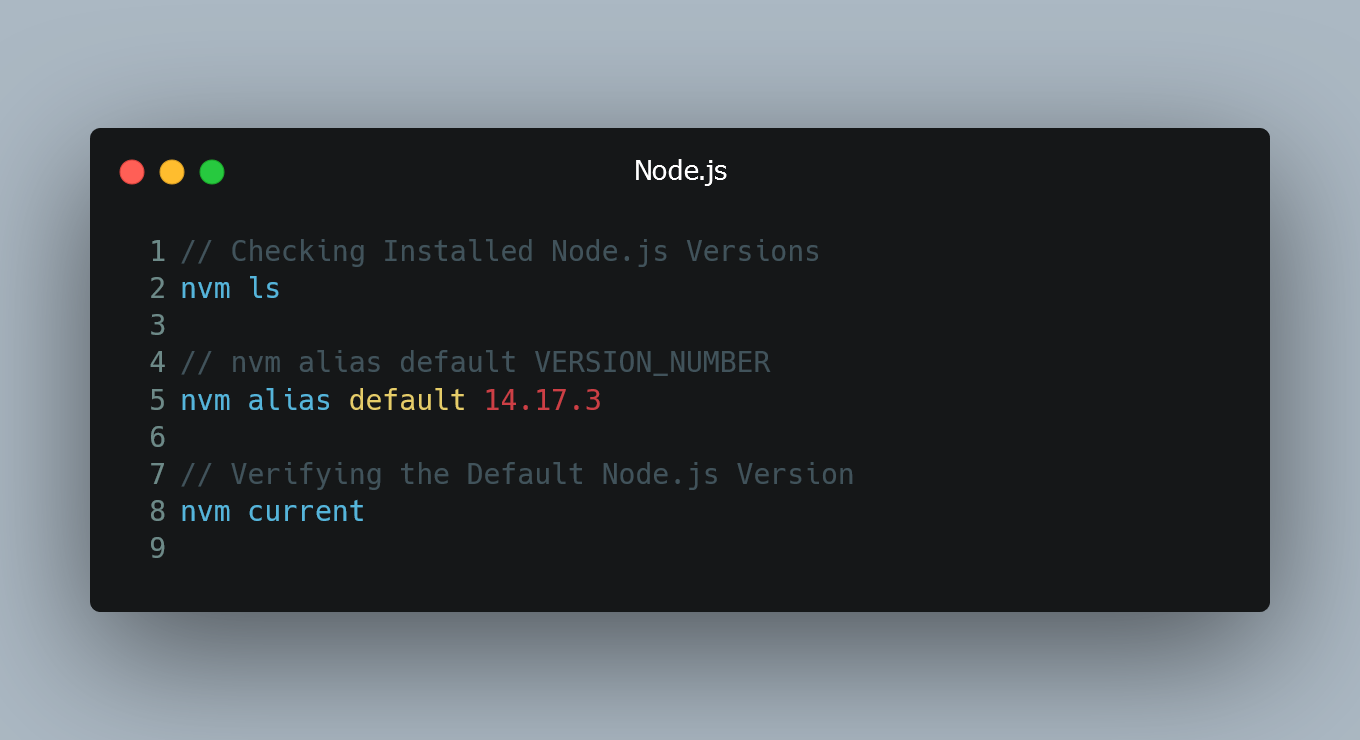
Making a Div 100% Height of the Browser Window
This div will take up 100% height of the browser window.
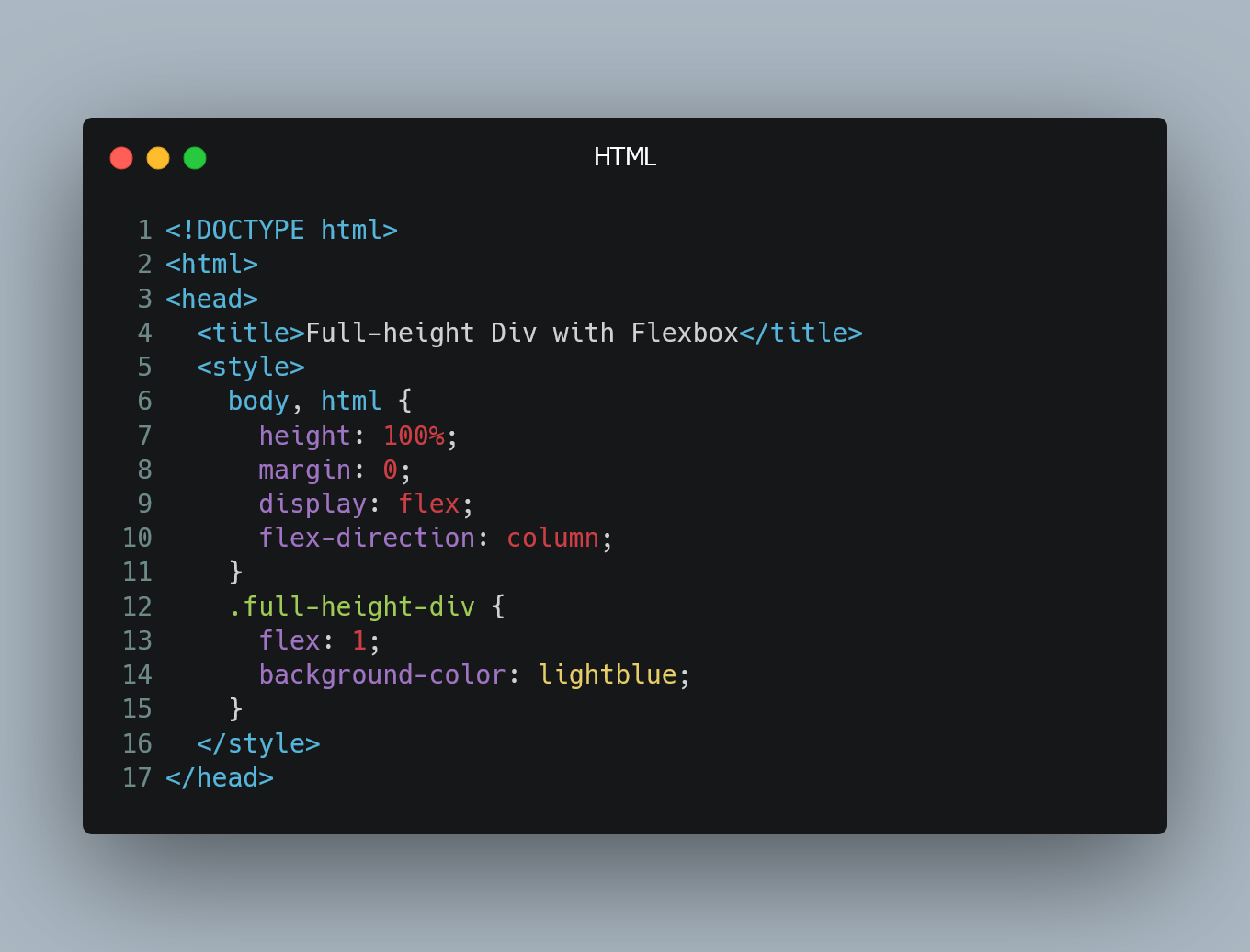
Renaming a MySQL Database (Changing Schema Name)
If you need to rename a MySQL database, also known as changing the schema name, you can do so using a series of SQL commands.
Prerequisites
Before pro...
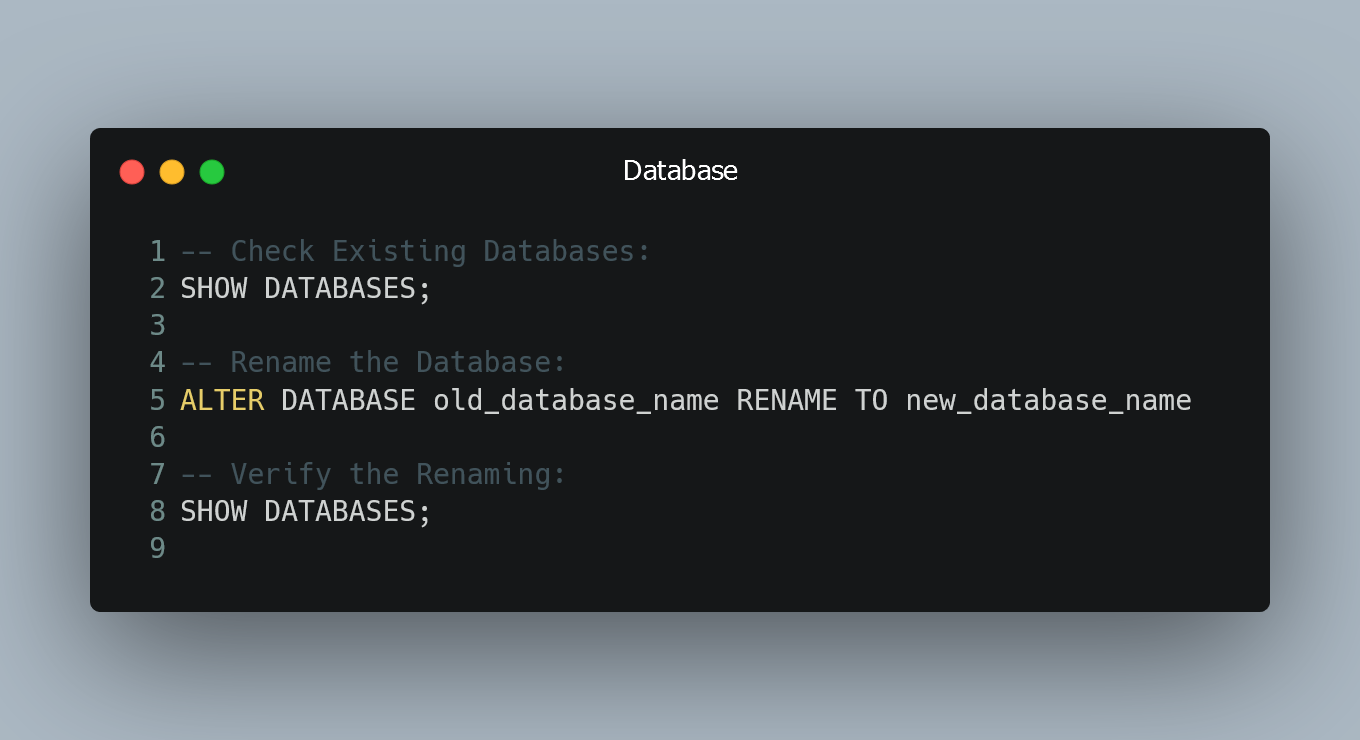
Converting a String to Enum
In TypeScript, you can convert a string to an enum value by using the enum and valueOf() method. Enumerations, or enums, provide a way to define a set...
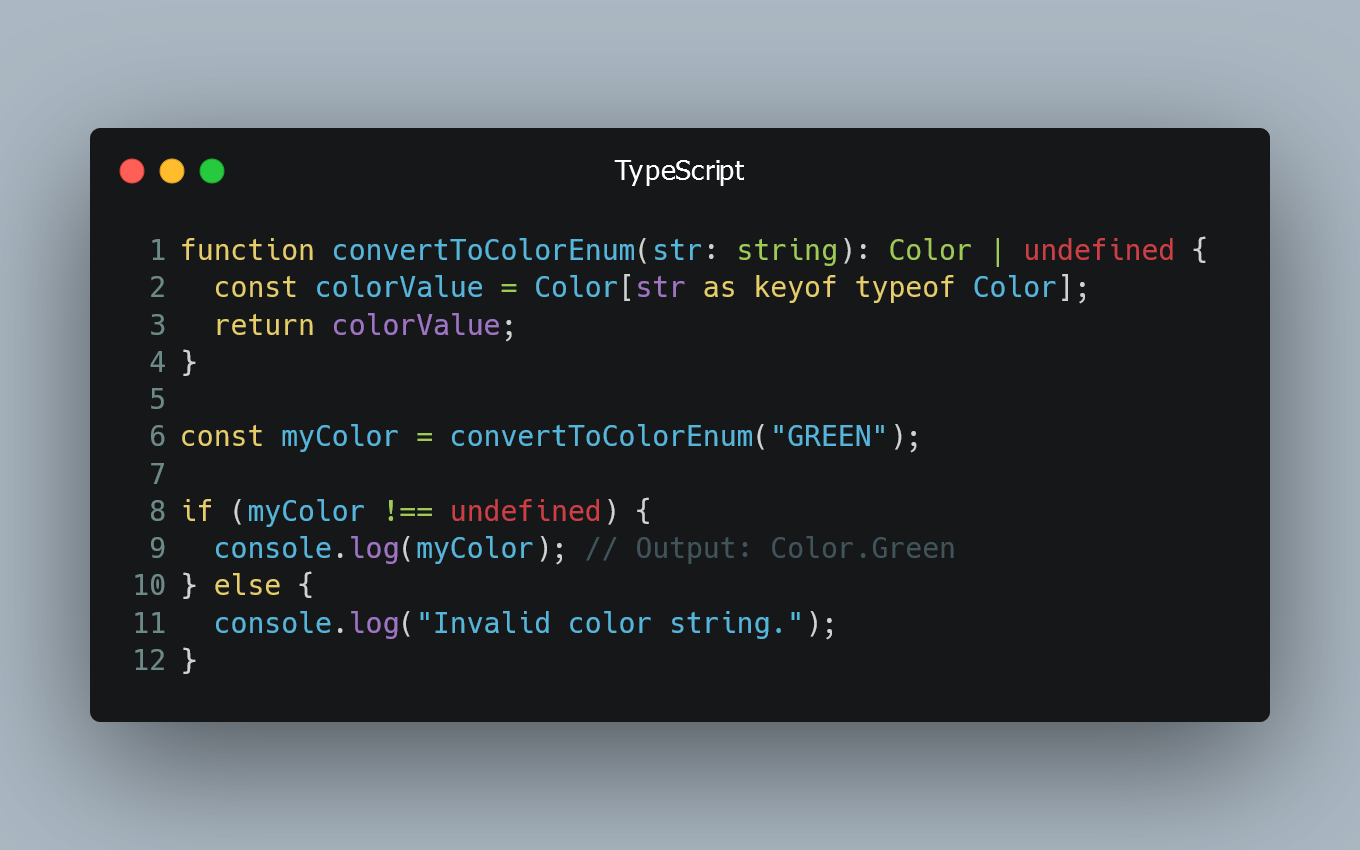
README.md: The Ultimate Guide
When it comes to open-source projects, documentation is key. And at the heart of this documentation is the README.md file. In this comprehensive guide...
Recursively Grep All Directories and Subdirectories
To search for a specific pattern in all directories and their subdirectories in Linux, you can use the grep command with the -r option.
Using the grep...
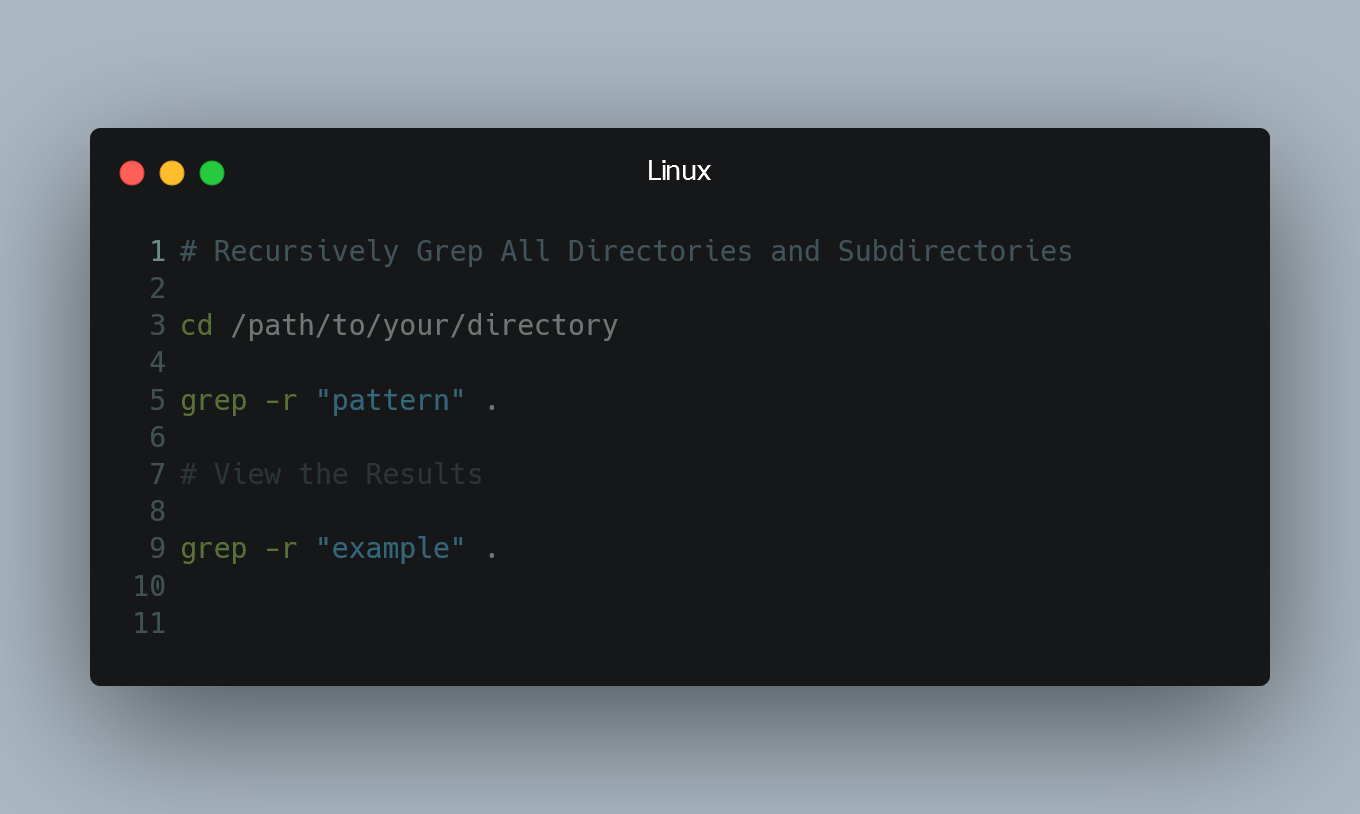
Installing a Specific Version of a Ruby Gem
When working with Ruby gems, you might need to install a particular version of a gem to ensure compatibility with your project. Fortunately, Ruby's pa...
Validate Nested Objects Using Class Validator
NestJS provides a powerful validation feature that integrates with class-validator to validate incoming data. You can easily validate nested objects i...
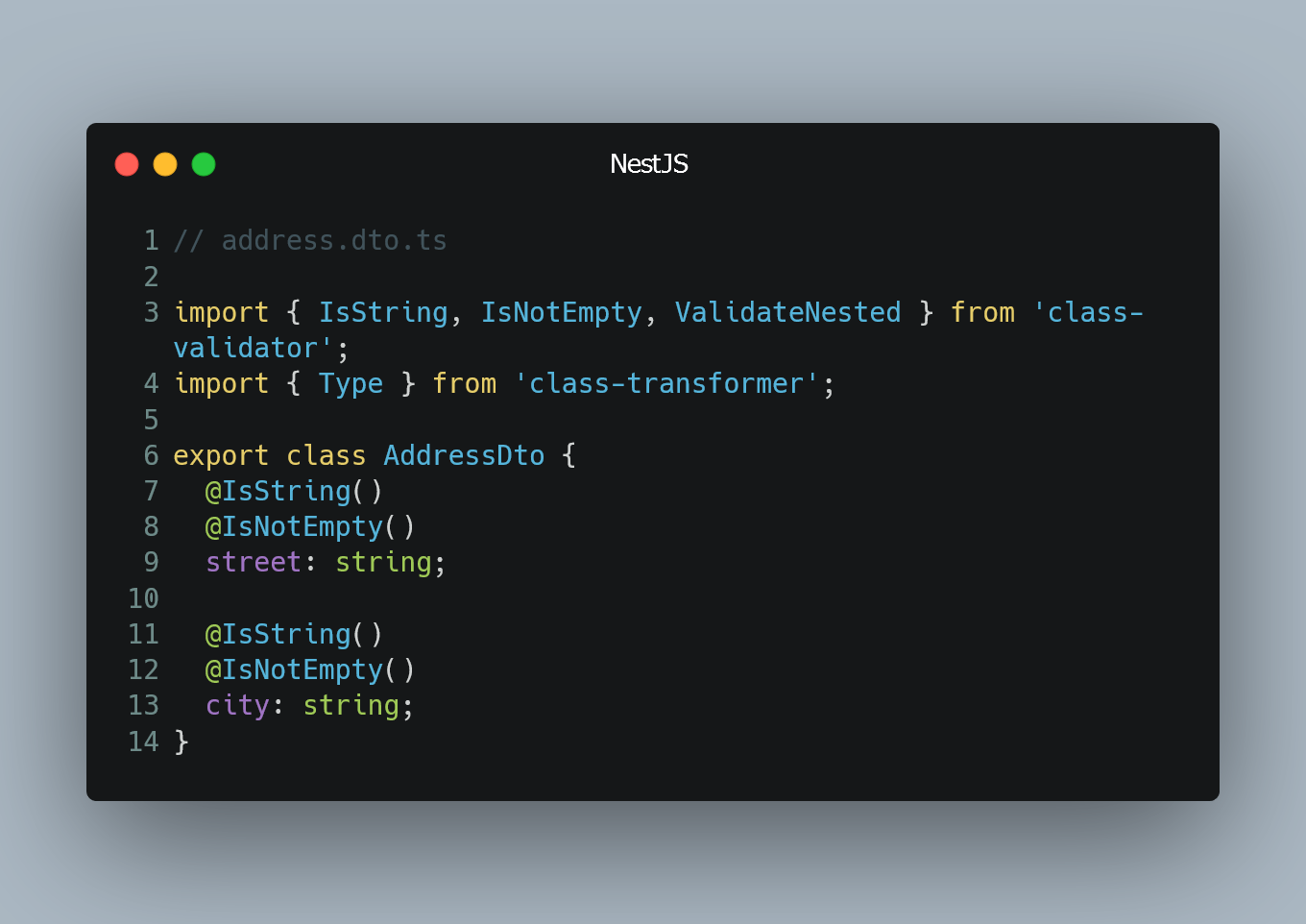
Enabling CORS in NestJS for Production
Cross-Origin Resource Sharing (CORS) is a security feature implemented by web browsers that restricts web pages from making requests to a different do...
